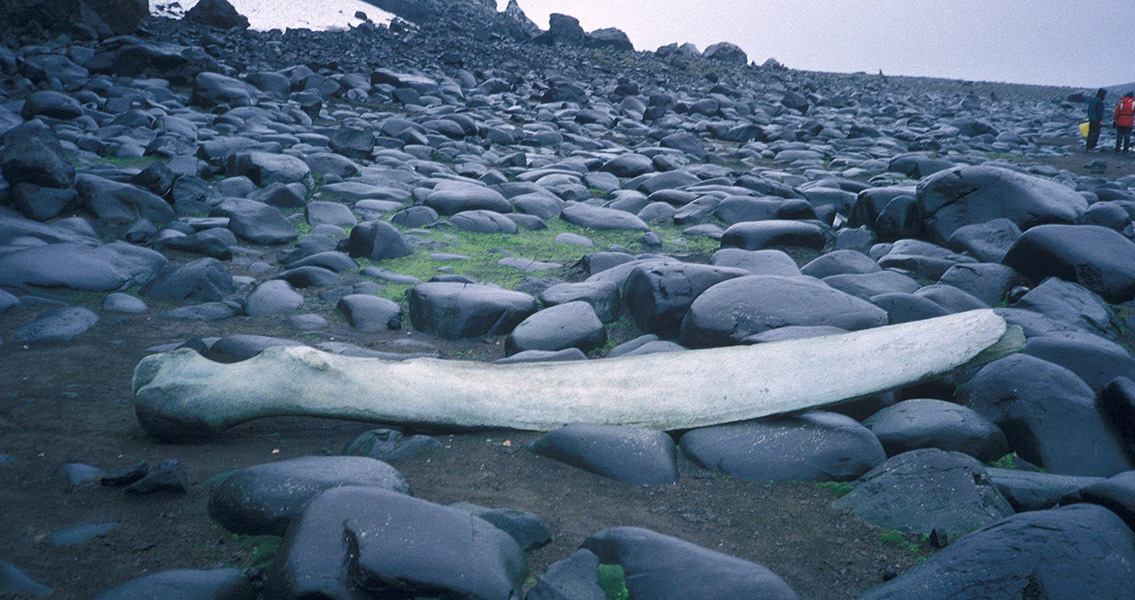<![CDATA[A whalebone fossil discovered in the 1960s in Kenya has just yielded its secret: it dates back to 17 million years ago. This proves that the uplift of the East Africa plateau began no earlier than then, given that the bone was found 740 km from the shores of Kenya and 640 metres above sea level. The information is of crucial importance for geologists, because up until now a rift valley that had formed after the uplift prevented them from putting even an approximate date on the start of the process that saw East Africa rise above sea level. Rift valleys start off as cracks between two geological plates when the plates move, and then widen and deepen as a result of natural erosion. Because of the presence of such a valley in East Africa, geologists could not glean any evidence of when the actual uplift of the plates had begun. Although the geologists still do not have an exact date for when the uplift occurred, they can say for sure that it was no earlier than seventeen million years ago. The bone that has shed so much light on an event of such importance apparently belonged to a species of beaked whale, a group of marine mammals that survive to this day in the deep waters of the ocean. Little is known about them even now because of their inaccessible habitat, but the researchers who analysed the fossil, led by Henry Wichura and Louis Jacobs, have suggested that the animal it belonged to may have reached the eastern shores of the African continent during regular migration, and swum up an inland river before becoming stranded in an area characterised by high humidity and the resultant lush vegetation. The evidence of the climatic and environmental circumstances comes from palaeoflora found in the area, isotope analysis and climatic modelling, the authors wrote. What makes this discovery all the more exciting is that it comes more than 50 years after the bone was initially unearthed in 1964, by James G. Mead. The bone was first described, though not analysed, in 1975, and after that it went missing, only to reappear in 2011. It was initially stored in Harvard University, in a section for large-size specimen. All of these carry an identification number as a rule, but the whalebone’s number somehow got lost, and it could not be re-identified until much later. One of the authors of this new study, Louis Jacobs, persevered for years in his attempts to locate the missing fossil, with no success. Then came 2011 and a new collection of large-size fossil specimen at Harvard University. Jacobs made another attempt to locate the bone by contacting the curator of the new collection and this time he was lucky -- the whale bone fossil was identified almost immediately. One can only imagine the extent of frustration that the researchers have suffered over all these years and, respectively, the excitement once the bone resurfaced, given that it holds an answer to such an important question about a geological event that made the earth look like it does today. Image courtesy of Wikimedia commons user: NOAA NMFS SWFSC Antarctic Marine Living Resources (AMLR) Program.]]>
Ancient Whalebone Tells When East Africa Began to Rise
